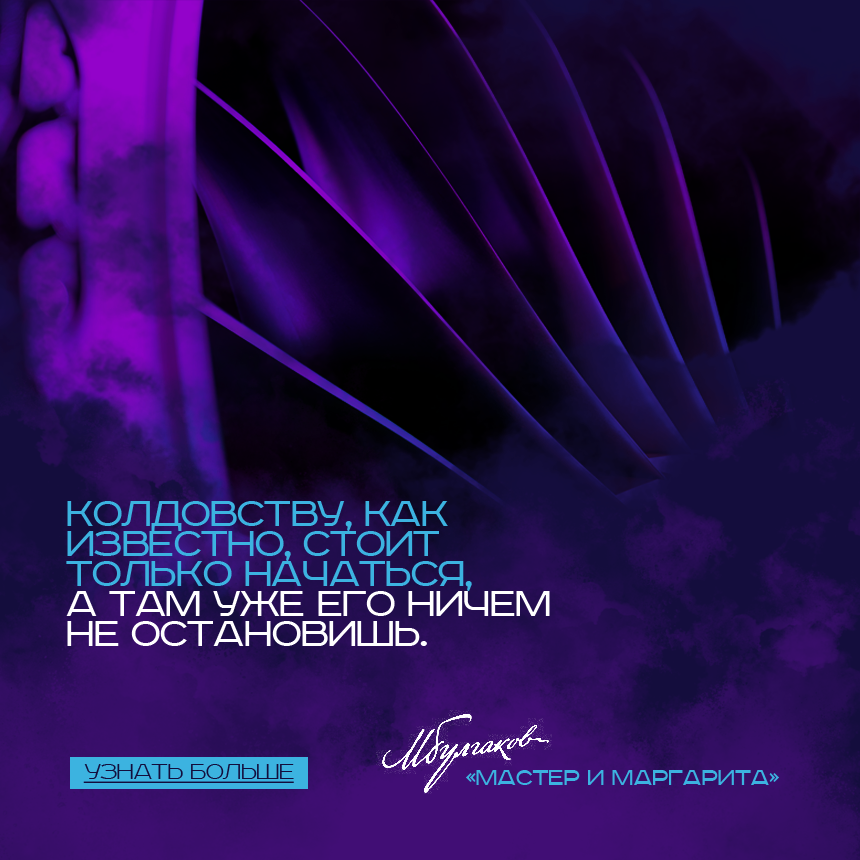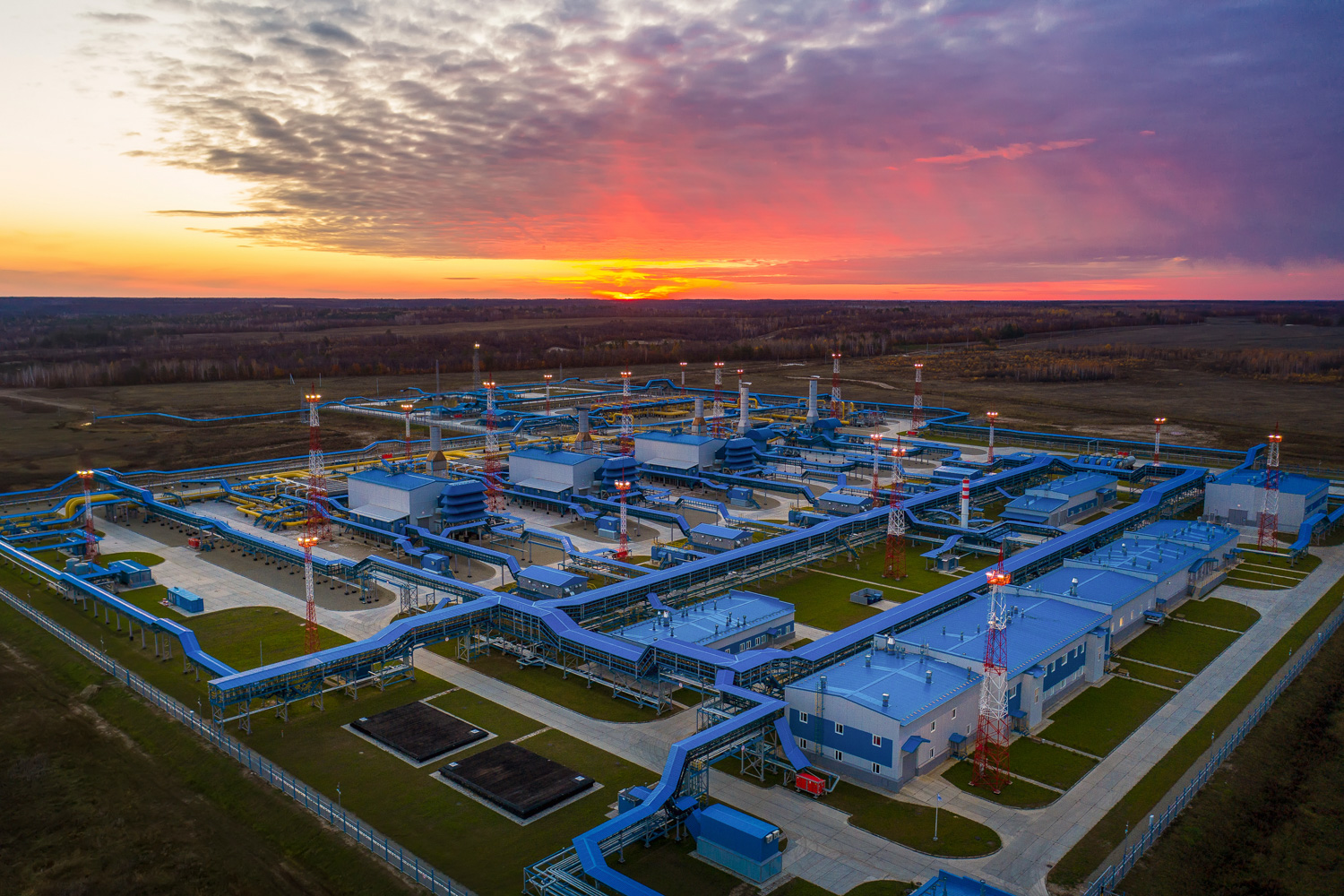
Photo: Gazprom
A grand project for gas transport from Siberian wells to the Far East and China – thousand-kilometer Power of Siberia – is one of the most important industrial victories of Russia over the last years. Stable operation of the gas pipeline is evermore crucial today when markets and transport flows are reoriented.
In 2022, the Power of Siberia passed record-breaking 15.5 bcm of gas and the volumes will be more than doubled in future. Gas turbines made by United Engine Corporation that pump natural gas via the pipes help achieve this number.
We’ll discuss below how Rostec’s engines ensure operation of the largest gas system in the east of the country.
Flow to the East
An idea of a gas pipeline connecting Eastern Siberia with the Far East and China appeared as early as in the late 1990s. An agreement on gas supply via the “Eastern” route was signed between Gazprom and Chinese CNPC in 2014 and involves delivery of 38 bcmpa during 30 years. In 2019, a pipeline known as the Power of Siberia was officially started and Russian gas began to flow via pipes to China for the first time in history.
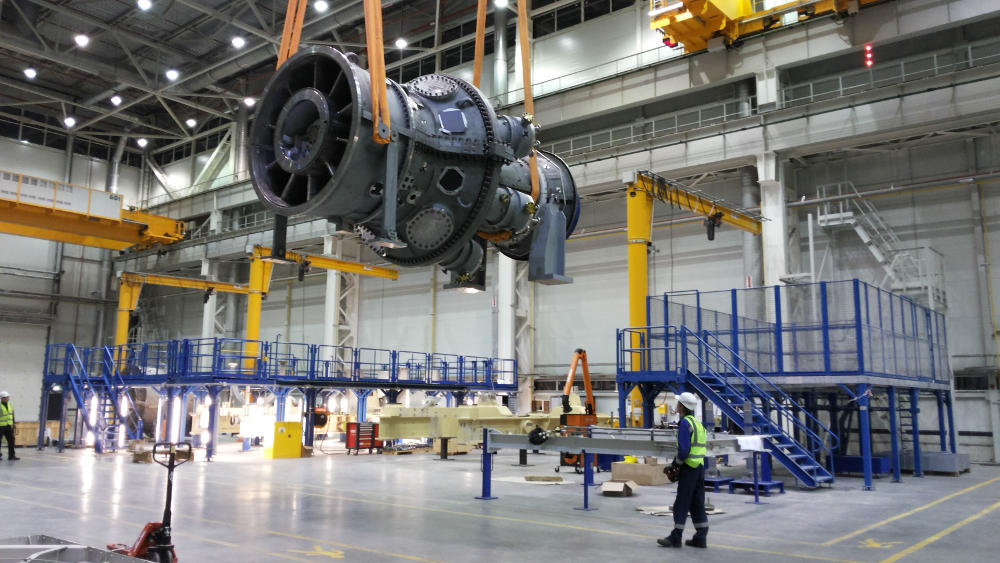
Photo: Gazprom
The total pipeline length is more than 3,000 km. Gas is fed from two fields – the Kovykta field in the Irkutsk region and the Chayanda field in Yakutia. Unique technology was used for construction of the pipeline, for example, tunnels under the Lena and Amur rivers, and all pipes in the system were made in Russia. However, the Power of Siberia is not only a pipeline that carries natural gas to the customers.
How to accelerate gas flow in pipes
Compressor stations like the heart in the blood system are responsible for gas pumping through pipes, and a gas compressor unit (GCU) is the station‘s main component. Such units are necessary, because gas has not enough intrinsic pressure for movement via pipes. To be delivered to the point of destination, gas shall be continuously “pushed” to the target, rather, gas pressure that decreases with distance shall be increased to the required level or compressed. This is exactly what gas compressor units do at the compressor stations.
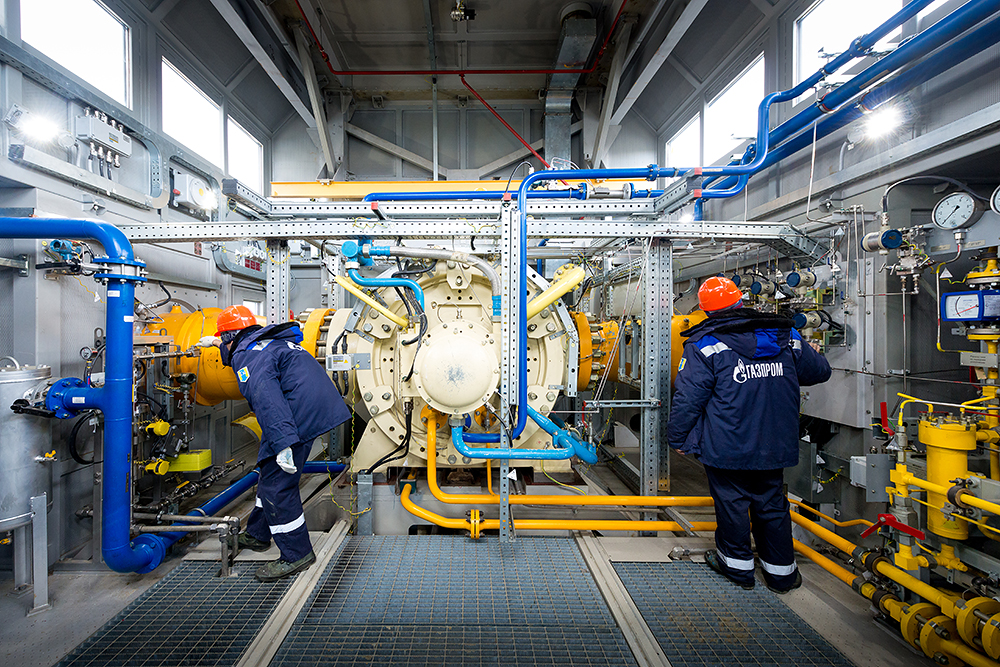
In the 16 MW gas compressor unit room. Photo: United Engine Corporation
The gas compressor unit work flow may be briefly described as follows. Gas flows via a gas pipeline to a compressor station where it is treated and cooled down, and then is fed to a centrifugal supercharger of the gas compressor unit, where gas compression takes place, followed by supply to the main gas pipeline. A gas turbine engine is used as a supercharger drive. Gas flows via pipes between compressor stations at a rate of about 10 meters per second. This is the way how it is supplied to the customers.
Gas turbine units: from sky to earth
United Engine Corporation is now the leading supplier of gas compressor equipment for Russian gas pipelines. These are UEC’s gas compressor units that support the Power of Siberia and other Russian gas pipelines. Gazprom is the key customer of gas compressor units, then and now.
Interestingly, gas turbine units for gas compressor units are designed on the basis of aircraft engines. For example, PS-90GP-2 and AL-31ST gas turbine engines are used as the compressor drive for GPA-16 gas compressor unit. One such 16MW engine is able to deliver gas to 2,500 houses.
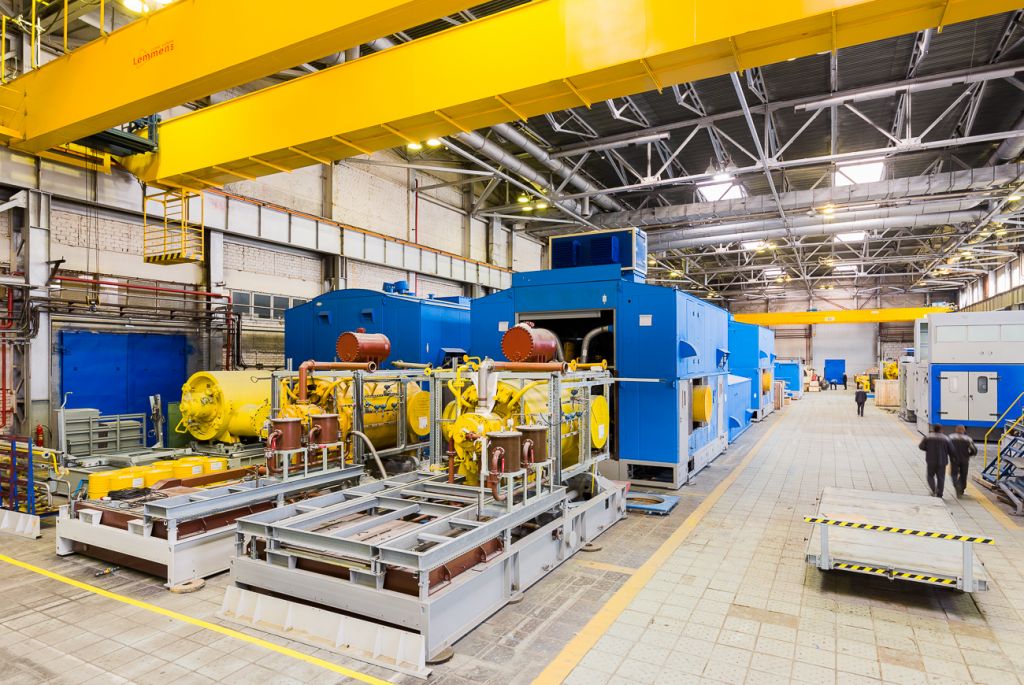
Gas compressor unit assembly shop at the UEC-Gas Turbines. Photo: United Engine Corporation
UEC’s engines are used in the gas sector not only to transfer natural gas via main pipelines. Thus, they help extract useful compounds from natural gas at the Chayanda field. The Chayanda gas features complex chemical composition, including considerable volumes of helium. Membrane helium concentrate extraction method used at the field involves the use of dedicated systems where impurities are removed from the natural gas. Further, pure helium is extracted from the concentrate and used extensively in medicine, microelectronics, steel making, space programs, etc. GPA-10R/RM gas compressor units made by Rybinsk-based UEC-Gas Turbines help “get” the useful helium from gas.
The units for the Power of Siberia use only Russian components. In 2023, the total power of the gas turbine equipment supplied by UEC for the process infrastructure of the Power of Siberia will exceed 500 MW. Negotiations on construction of the second gas pipeline – Power of Siberia 2 – with a capacity of 50 bcmpa are now underway.
